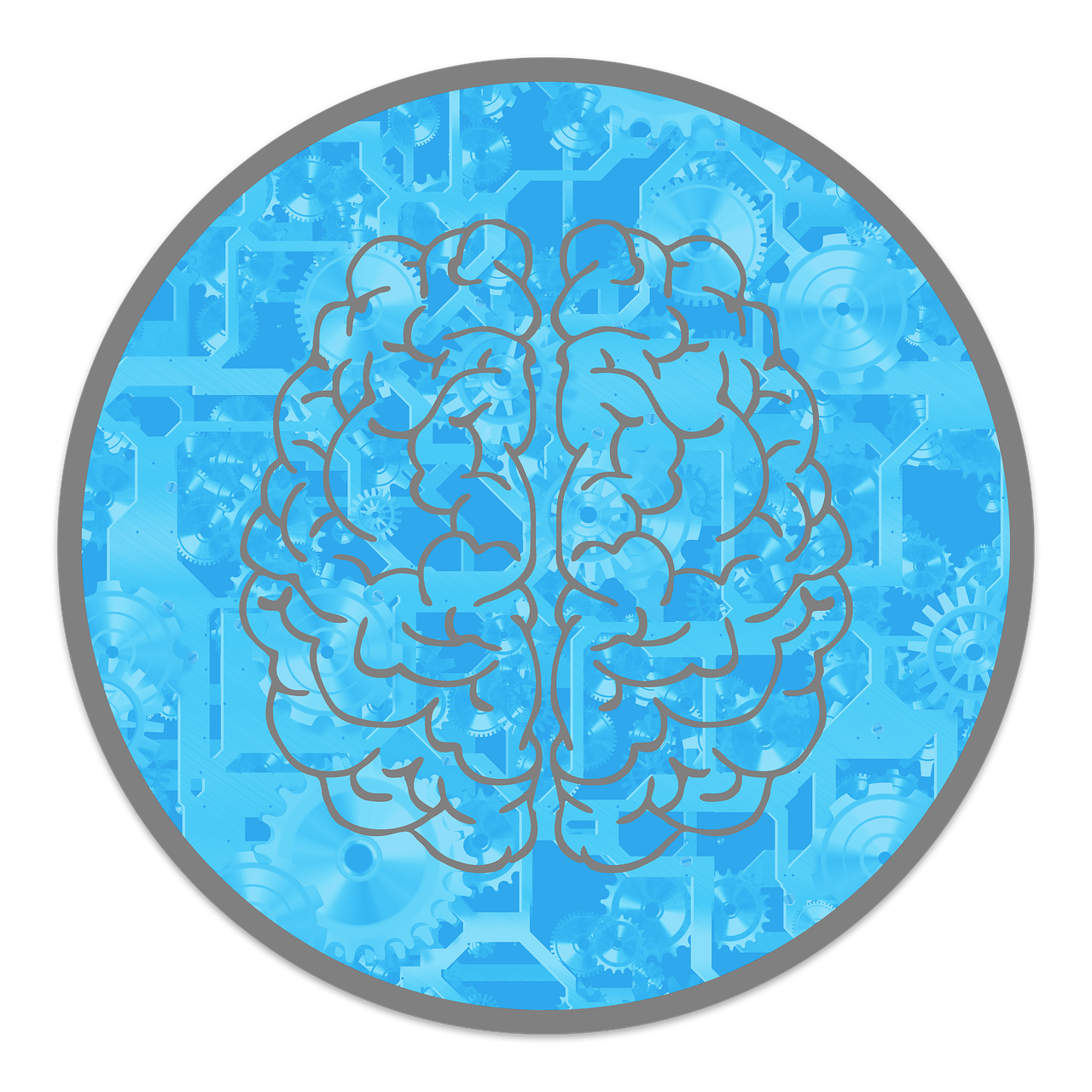
The Indus Valley Civilization was crushing the city game 5,000 years ago—but its writing? Still a total mystery.
We’re talking about strange symbols carved on seals and pottery that no one—no one—has cracked yet.
Even top scholars like Asko Parpola call it the biggest unsolved writing system.
It’s so tough, there’s literally a $1 million reward for anyone who can decode it.
Yep, it’s the ancient world’s ultimate puzzle—and Indiana Jones would be all over it.
Why No One Can Crack the Indus Code (Even After 150 Years)?
The Indus script first hit the scene in 1875 when archaeologists found seals with strange symbols on them.
Fast-forward 150 years—we’ve now got around 4,000 of these inscriptions from sites across modern-day Pakistan and northwest India… and we still have no clue what they say.
So, why can’t anyone crack it? Three big reasons:
1. It’s way too short
Most inscriptions are like… five symbols long.
Imagine trying to learn a language using only bumper stickers and name tags.
No long texts, no full sentences—just tiny snippets.
That makes it nearly impossible to find patterns or run serious linguistic analysis. It’s like trying to solve Wordle with only two guesses.
- Read also: The Voynich Manuscript: 600 Years of Unsolved Secrets
- Read also: Deciphering the Glyphs: The Mesoamerican Writing Systems
2. No Rosetta stone, no cheat code
We had a huge breakthrough with Egyptian hieroglyphs because the Rosetta Stone had the same message in Greek (which we could read). Boom—problem solved.
But with the Indus script? Nothing. No bilingual texts. No translations. Just solo mystery mode on hard difficulty.
3. We don’t even know the language
Yep. We’re not even sure what language the script is based on.
Could be early Dravidian, maybe Indo-European, or something totally lost to time.
And without that info, it’s like trying to solve a puzzle when you don’t even know what the finished picture’s supposed to look like.

The Static Nature of Indus Writing
Here’s another curveball: the Indus script basically didn’t change. For 800 years. Across an entire civilization. That’s wild.
Most writing systems evolve—letters get easier to write, new symbols pop up, old ones fade.
Egyptian hieroglyphs went from fancy wall carvings to casual scribbles.
But Indus writing? It stayed almost exactly the same.
No upgrades. No slang. No “new season, new font” energy.
So what’s going on?
Theory 1: Super strict writing rules
Maybe the Indus people had serious script police—like, “Thou shalt not remix these symbols.”
A tightly controlled tradition could explain the consistency. Think ancient copy-paste culture.
Theory 2: It wasn’t everyday writing
Maybe it wasn’t for daily stuff like shopping lists or epic poems.
Maybe it was more symbolic—used in rituals, seals, or something ceremonial.
That could explain why it didn’t evolve like other scripts.
There are regional twists
Even though the core script stayed the same, some variations pop up depending on location.
Kinda like British vs. American spelling: same language, slight differences.
These subtle changes might be goldmines for researchers—they could hint at dialects, different uses, or localized traditions.
Modern Technological Approaches
Good news: we’ve got AI on the case now. And yes, it’s the same kind of tech that recommends your next Netflix binge or helps write emails faster—only now it’s digging into 5,000-year-old symbols.
Researchers are using machine learning to analyze the Indus script, trying to spot patterns that human brains just can’t catch.
AI can test thousands of ideas at once, cross-check symbol sequences, and even compare Indus signs to other ancient writing systems.
Basically, it’s like giving Sherlock Holmes a supercomputer.
Decipherment claims everywhere
Every now and then, someone pops up and says, “Hey! I cracked the code!” But the academic world usually responds with a polite eyebrow raise.
Why? Because most of these claims don’t have peer-reviewed proof or repeatable results.
It’s not that scholars don’t want a breakthrough—it just has to actually hold up under serious scrutiny.
Some new theories are wild
Some researchers now treat the script like it might be an alphabet—not just symbols.
That’s a fresh angle, and it’s exciting… but there’s still no full agreement.
Until multiple experts can verify the same results, it stays in “maybe, maybe not” territory.

The Broader Implications of Decipherment
If we ever manage to read the Indus script, it would basically rewrite a whole chunk of ancient history.
The Indus Valley Civilization wasn’t some small village setup—it had mega cities, clean streets, genius drainage, and serious trade links.
They were running things long before Rome or Athens showed up.
And right now? We know all this without reading a single sentence they wrote.
What we could learn
Decoding the script could finally tell us who their rulers were, what gods they worshipped, and what their cities were actually called.
It might even explain why this super-organized civilization collapsed around 1800 BCE.
Think of it as finally finding the diary of a lost civilization.
It’s probably about trade
Most of the symbols we’ve found are on seals and tablets—like ancient shipping labels or official stamps.
So yeah, there’s a good chance we’d unlock their economic system.
How they taxed, how they traded, what they traded with Egypt and Mesopotamia… it’s like finding the receipts for history’s earliest business deals.
The Challenge of Verification
Let’s say someone shows up with a super convincing take on the Indus script—big claims, fancy charts, maybe even a TED Talk.
Cool, right? But here’s the problem: there’s no easy way to prove they’re right.
This isn’t like solving a math problem where you get one clear answer.
With ancient scripts—especially short ones like Indus—it’s all about “Does this make sense?” “Does it work everywhere?” and “Can it predict new stuff we find later?”
Short texts, big problems
Most Indus inscriptions are, like, 5 symbols long. That’s barely enough for a tweet, let alone a translation you can verify.
So even if someone thinks they’ve cracked it, we might never know for sure.
It’s like solving a crossword puzzle with only three clues and no black squares.
Too many theories, not enough proof
Because of all this, theories pile up. Everyone has an idea.
But without solid ways to test and verify, most of these end up in the “maybe… maybe not” pile.
Real breakthroughs need to do more than just sound smart—they need to work consistently and hold up when we find new symbols.

- Read also: Explained: How the Sumerians Invented Writing Before Egypt
- Read also: Lost Technologies of the Antikythera Mechanism: Unraveling the Secrets
Conclusion: A Mystery Worth Solving
The Indus script isn’t just some academic brain teaser—it’s a 5,000-year-old mystery that’s been stonewalling researchers since the 1920s.
Super short texts, no bilingual Rosetta Stone, unknown language, and barely any change over centuries?
Yeah, it’s basically the boss level of ancient writing puzzles.
But here’s the thing: that’s what makes it worth solving.
If (or when) someone finally cracks it—maybe with a little help from AI—it won’t just be a history win.
It’ll unlock the actual voices of one of the world’s oldest city-building civilizations.
We’re talking names, beliefs, trade secrets, maybe even a glimpse into why it all vanished.
Until then, it stays archaeology’s most stubborn riddle—with a cool $1 million still on the table for anyone who pulls an ancient Indiana Jones and decodes it for good.



